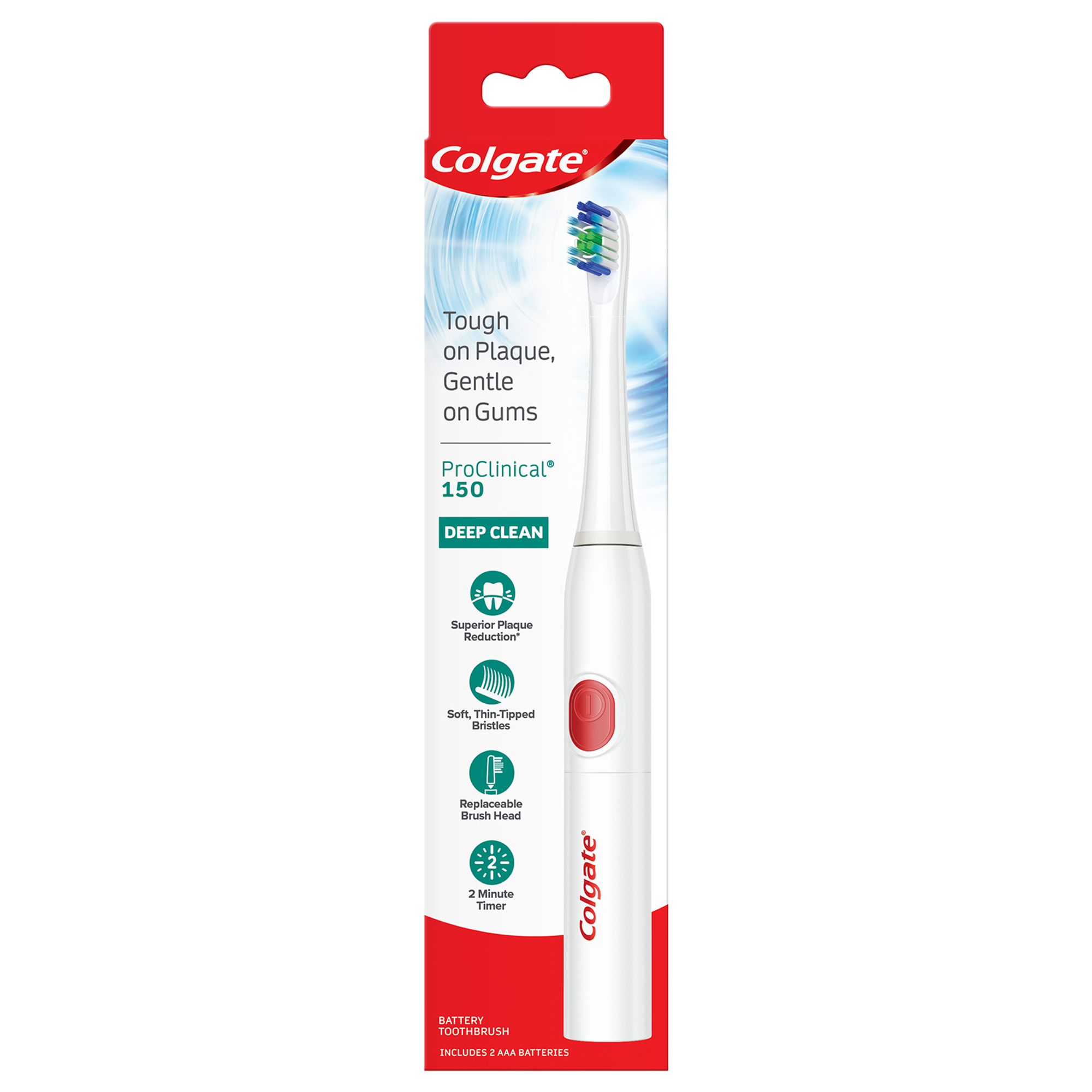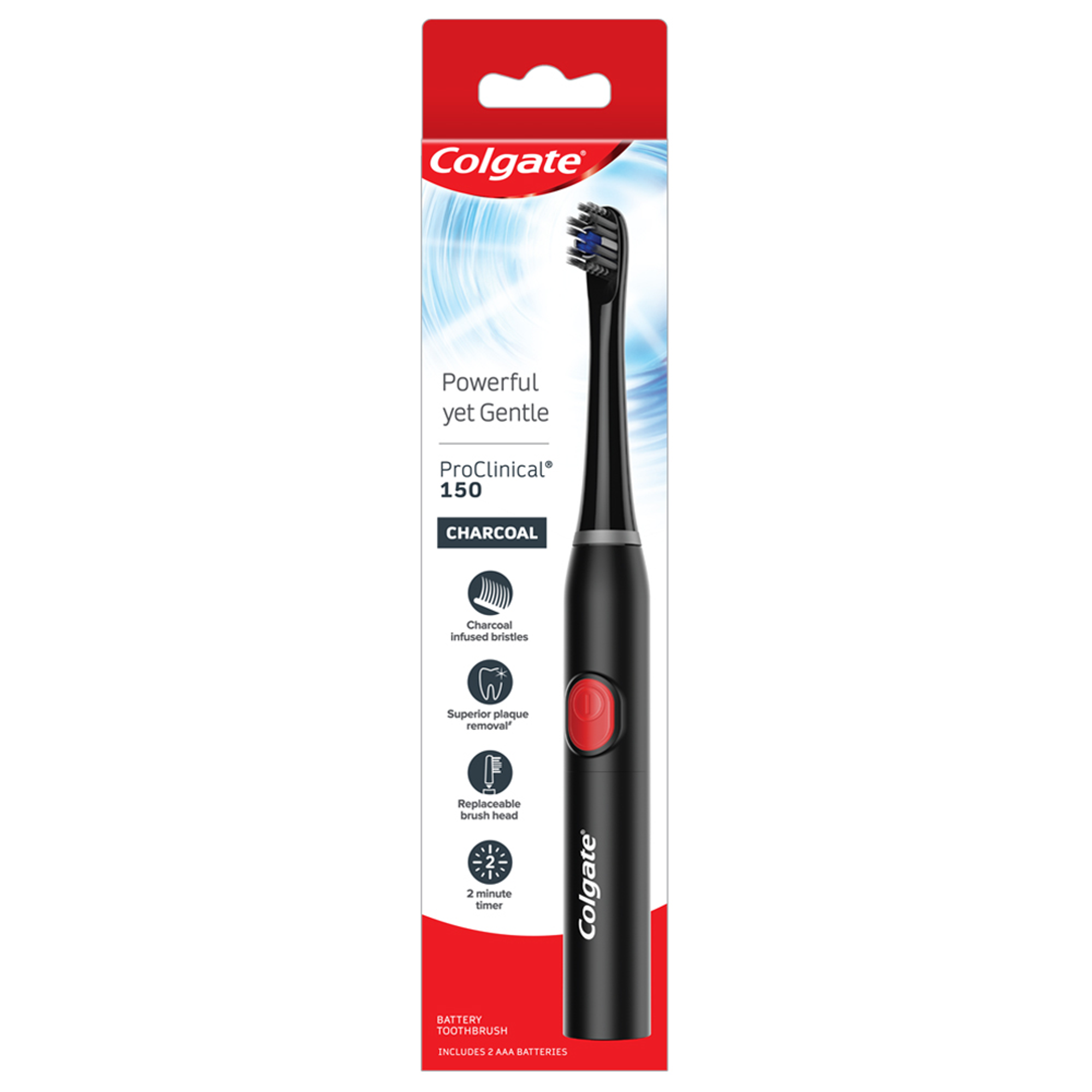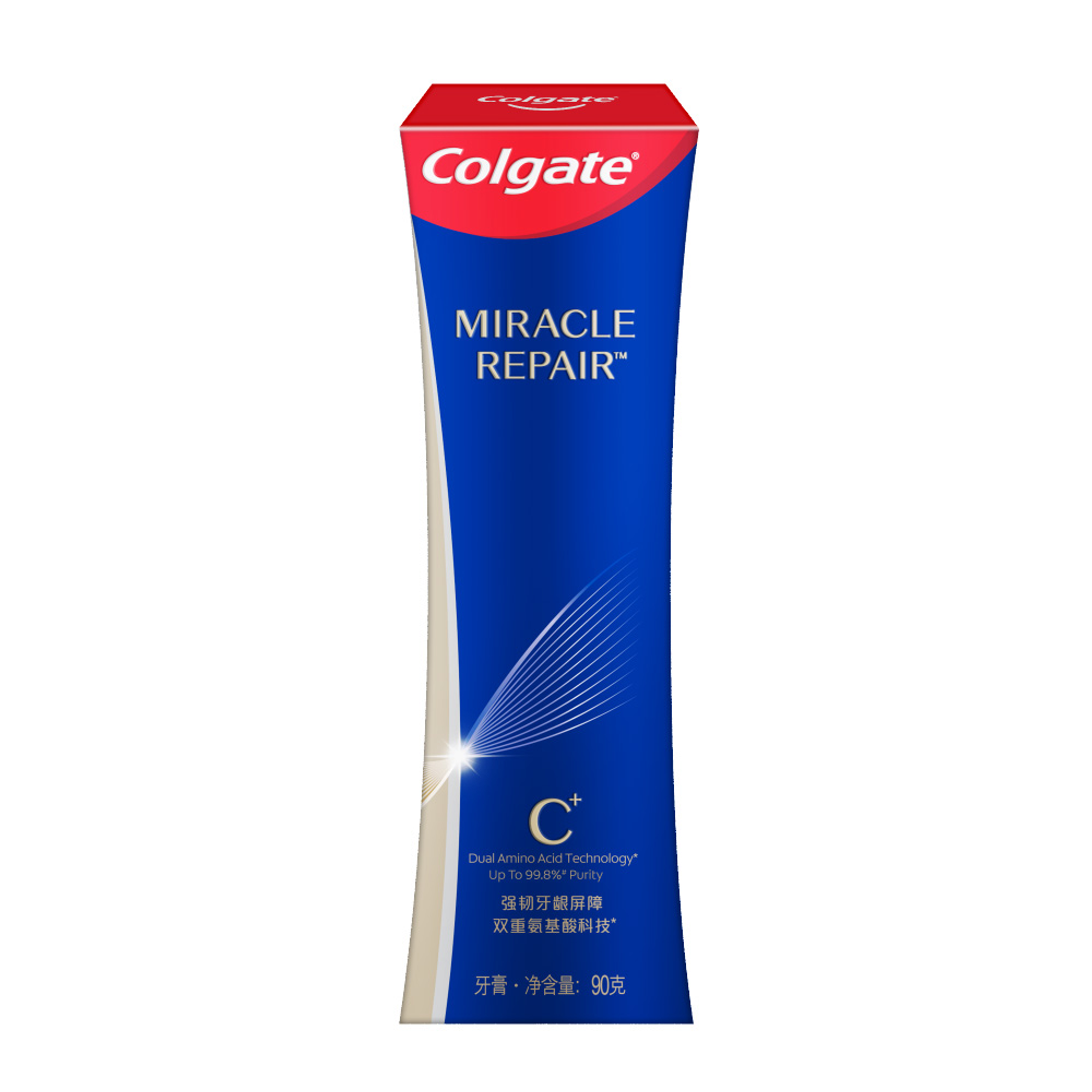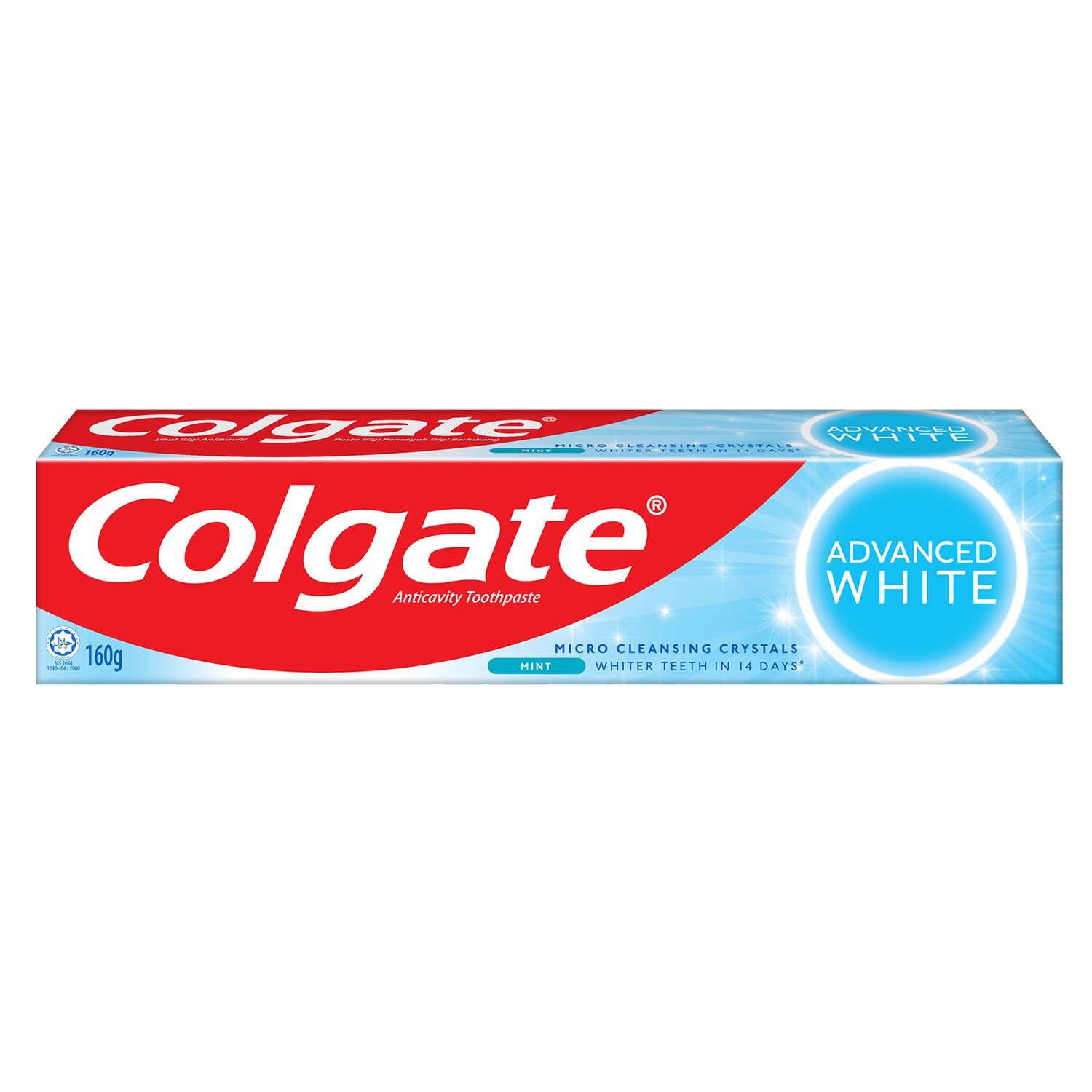What Is It?
The temporomandibular joint (TMJ) is located just in front of the lower part of the ear. This joint allows the lower jaw to move. It is a ball-and-socket joint, just like the hip or shoulder. When the mouth opens wide, the ball (called the condyle) comes out of the socket and moves forward. It goes back into place when the mouth closes.
The TMJ becomes dislocated when the condyle moves too far. Then, it can get stuck in front of a section of bone called the articular eminence. The condyle can't move back into place. This happens most often when the ligaments that normally keep the condyle in place are somewhat loose. The surrounding muscles often go into spasm and hold the condyle in the dislocated position.
Prevention
TMJ dislocation can continue to happen in people with loose TMJ ligaments. To keep this from happening too often, dentists recommend that people limit the range of motion of their jaws. For example, someone with this problem should place a fist under the chin when yawning to keep the mouth from opening too widely.
Conservative surgical treatments can help to prevent the problem from returning. Some people have their jaws wired shut for a period of time. This causes the ligaments to get tighter and restricts their movement.
In certain cases, surgery may be necessary. One procedure is called an eminectomy. It removes the articular eminence so the ball of the joint no longer gets stuck in front of it.
Treatment
The muscles around the TMJ need to relax so that the condyle can return to its normal position. To make this happen, some people need an injection of local anesthesia in the jaw joint. This may be followed by a muscle relaxant similar to diazepam (Valium) to stop the spasms. The muscle relaxant is given intravenously (into a vein in the arm).
If the jaw muscles are relaxed enough, a doctor or dentist can move the condyle back into the correct position. He or she will pull the lower jaw downward and tip the chin upward to free the condyle. Then the ball is guided back into the socket.
Rarely, someone may need to have the dislocation fixed in the operating room under a general anesthetic. In this case, it may be necessary to wire the jaws shut or use elastics between the top and bottom teeth to limit the movement of the jaw after the dislocation has been fixed.
You should follow a soft or liquid diet for several weeks afterward. This reduces jaw movement and stress. Avoid foods that are hard to chew, such as tough meats, carrots, hard candies or ice cubes. Also, be careful not to open your mouth too wide.
Prognosis
The outlook is excellent for returning the dislocated ball of the joint to the socket. However, in some people, the joint may continue to become dislocated. If this happens, you may need surgery.
4/16/13
©2002-2013 Aetna, Inc. All rights reserved.















